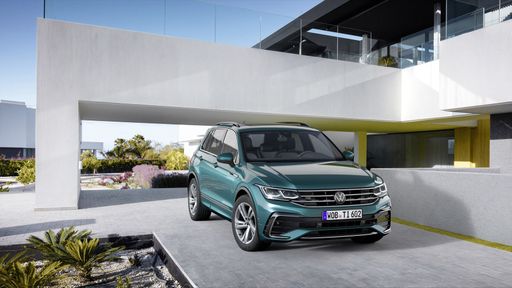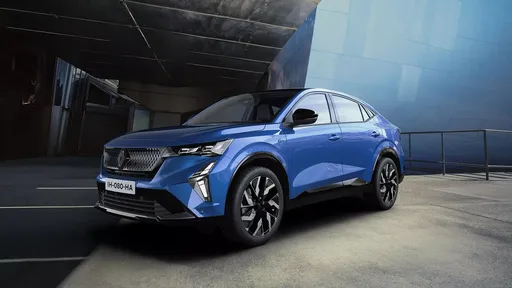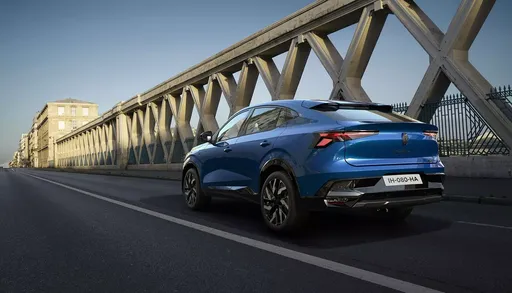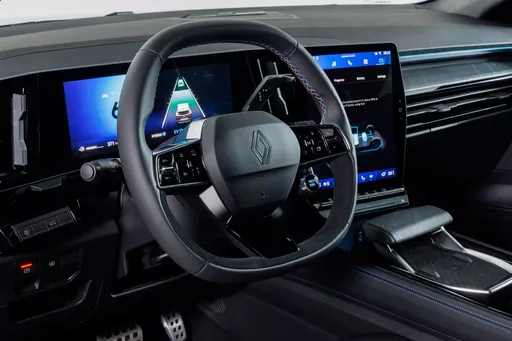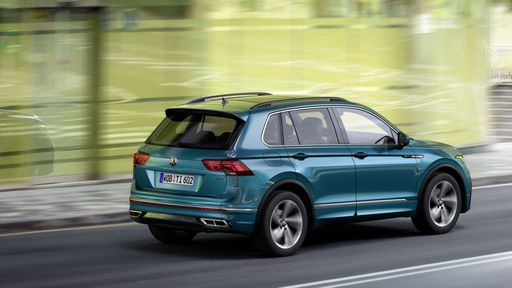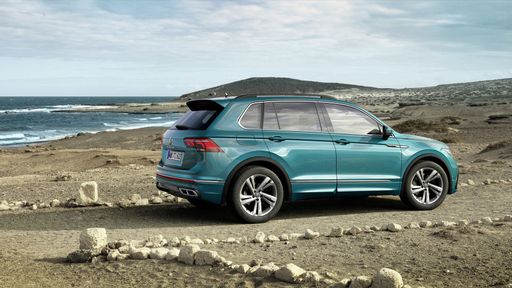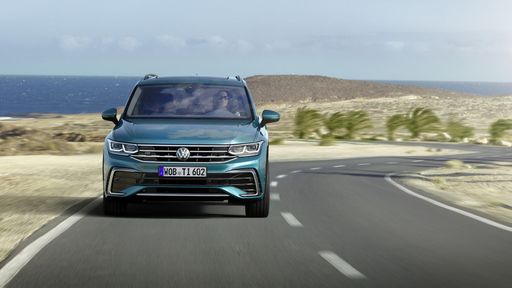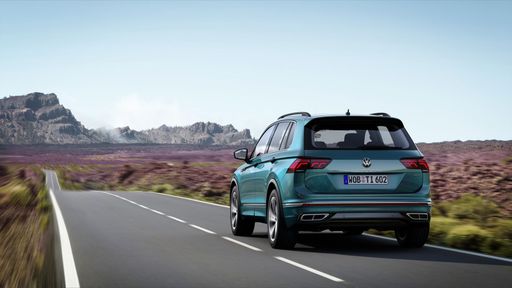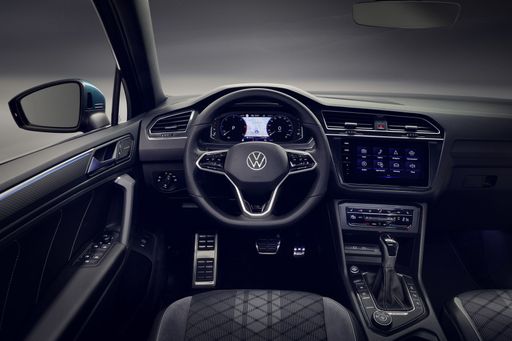Renault Rafale vs. VW Tiguan: A Comprehensive Comparison
The SUV segment is highly competitive, with many models vying for the top spot in the hearts of consumers. In this article, we’ll explore the Renault Rafale and the VW Tiguan, two distinct contenders that have captured significant attention for their blend of technology, efficiency, and performance. While both vehicles aim to cater to a modern audience, they approach engineering and innovation from different angles.

